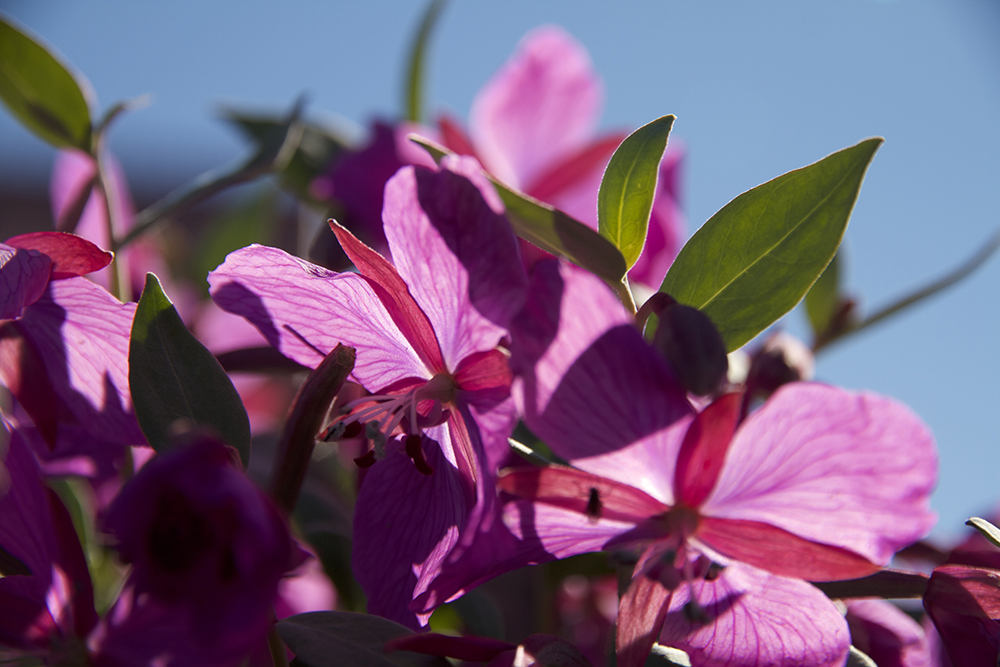Insights from Indigenous knowledge holders and scientists on changing Arctic environments

This dwarf fireweed (paunnaq in Inuktut) is one of the many flowering plants that have adapted to the Arctic's sparse soils and short growing season.
Photo: Katriina O'Kane
In the Arctic, climate change is altering age-old patterns of ice, wind, weather, and wildlife. That's a challenge for Indigenous communities who rely on wildlife for much of their food, and for their hunters who travel widely over land, sea, and sea ice to obtain it.
Canada is fortunate to have two groups of experts who are building our understanding of the changes taking place now and helping predict what changes may come in future. Indigenous hunters are meticulous, lifelong observers of environment and wildlife year-round, acutely aware of any changes. Arctic environmental scientists measure and record changes, often in partnership with Indigenous communities. What are these two groups of experts seeing in the Arctic today? Here are a few examples:
- More high winds and storms
As the climate warms, more heat moves into the atmosphere. More heat means more energy— and that's what drives those winds and storms, which erode coastlines and damage buildings. - Warmer atmosphere
This changes the patterns of rainfall and snowfall, for instance, bringing more freezing rain. Freezing rain stresses caribou and muskoxen, because it forms a layer of ice on the snow that they must break through to reach the lichen and other plants that they eat. As for lemmings, these small mammals may need to use up more of their precious energy to dig tunnels in snow hardened by freezing rain.
Plant and animal species thrive in the Arctic because they have adapted to its seasonal rhythms over thousands of years. Each species has found a way to take advantage of the short, intense Arctic summer, with its long days that see the tundra teeming with life and carpeted with flowers. Each species has found a way to cope with the darkness and bitter cold of midwinter. Plants and insects go into dormancy, for example, and lemmings keep warm in tunnels they dig under the snow.
But climate change is affecting northern habitats by shifting those seasonal rhythms. Snow, as well as sea and freshwater ice, is arriving later and melting sooner, and permafrost is thawing. Arctic plants are changing in complex ways. In some areas they are becoming denser—especially shrubs—and more grasses are growing. Scientists also expect the treeline to move northward in the future.
More freshwater and sediments from storms and melting permafrost are flowing into the sea, where they can cloud the water and reduce the amount of light, affecting the food supply and life cycles of ocean life from microscopic species to fish and marine mammals.
There is much more to learn about how climate change is affecting the environment in the Canadian Arctic. Answers will come with more observing, measuring, and monitoring of rain, temperature, vegetation change, ice, and other indicators—and from more collaboration between Indigenous knowledge holders and scientists. Together, the two form a powerful combination that can provide Arctic communities with the knowledge they need to understand the changes happening now, and plan for changes the future may bring.
Polar Knowledge Canada
For media inquiries, contact:
communications@polar-polaire.gc.ca